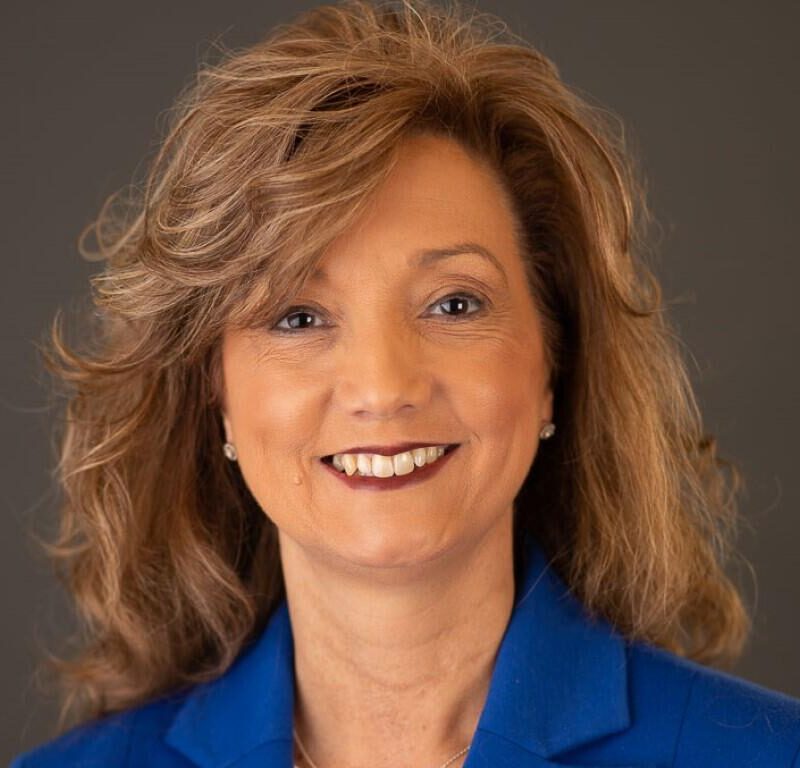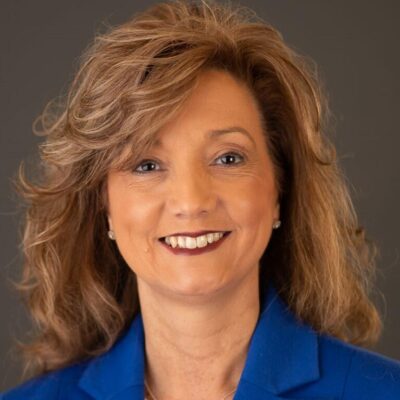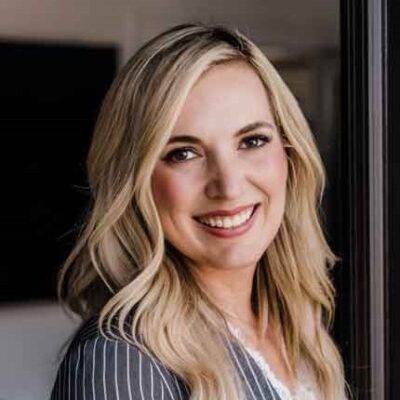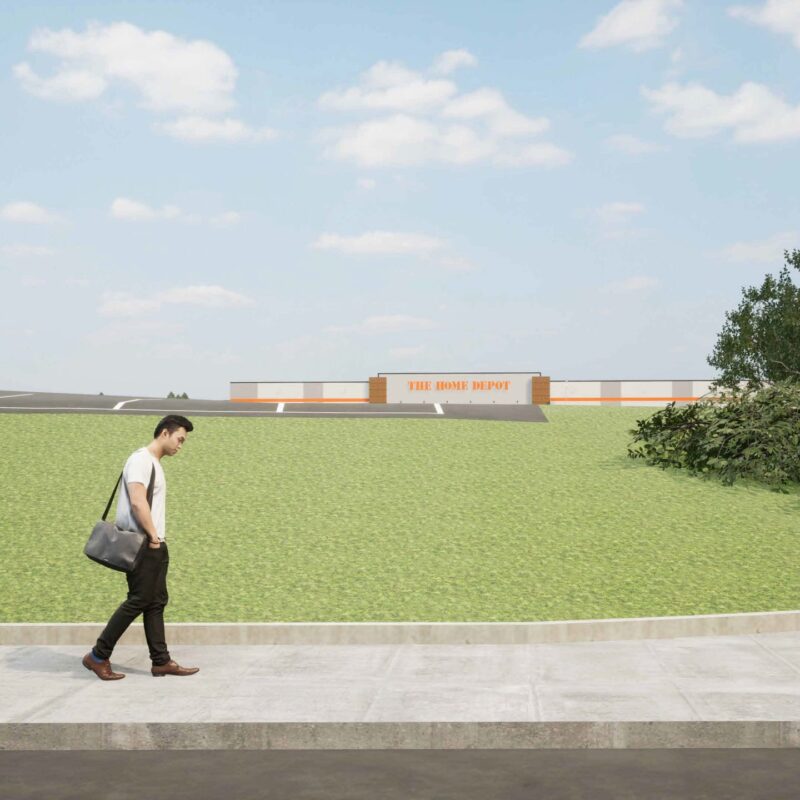Whatever happened to the All-American City, the Best Place to Live, the Best Place to Relocate, Tree City USA, the place—when I first moved here for graduate school in the 1970s—that soothed my heart, gave me life, and healed my soul?
Charlottesville has a new public face—that of Morgan Harrington. Her murder is the downside of all the accolades and awards, and the entire community is grieving for her.
Some news stories are just heavier than others; some wounds cut deeper by far. Morgan’s murder is a watershed event. Charlottesville is just not quite so believable, so likable, so fashionable, at the moment. Her abduction and murder has punctured our cherished assumptions about ourselves, that Charlottesville magic, those little Charlottesville niceties and refinements, those highly touted Charlottesville intangibles.
Writing with astonishing insight and restraint, Gil Harrington, Morgan’s mother, said that we in Charlottesville live inside a bubble. We are a self-satisfied lot. “I am concerned about the complacency in Charlottesville,” she wrote on January 23 on FindMorgan.com. “I am feeling a tendency to downplay Morgan’s abduction, to protect the idyllic reputation of the city. I bought into that idyllic image until my daughter was stolen there.”
Most of this terrible puzzle remains to be solved, including the critical sequence of events that occurred outside the John Paul Jones Arena that night, and why a clearly disoriented Morgan was denied re-entry to the building—why she was shut out, despite her erratic conduct and widely reported attempts to regain entry to the facility. A call about Morgan to Carol Wood, assistant vice-president for public affairs at the University of Virginia, was unreturned. No representative of the management company that operates JPJ on behalf of UVA has made a public statement about the events of October 17, 2009.
For many, Morgan’s attempt to get back inside the building was a cry for help, a last chance to save her. So what happened, and should the Commonwealth of Virginia, which owns the arena, take a hard look at re-examining its now controversial no-re-entry policy?
“Morgan is the poster child for the need to re-evaluate that policy,” said Matthew B. Murray, one of Charlottesville’s most eminent attorneys. “The policy of non-re-admittance has to be examined.”
|

John Paul Jones Arena
|
Had Morgan regained entry to JPJ she would still be alive today. Inside JPJ, she would have had access to emergency medical attention. At Scott Stadium, the University of Virginia operates a busy triage center where emergency first aid is administered to inebriated or incapacitated attendees. Those at serious risk of death are transported from the stadium by ambulance to the emergency room, a routine occurrence every Saturday afternoon during home football games, when a dozen or more fans—frequently underage—can be found in the E.R. receiving I.V. fluids and having their stomachs pumped. [I have been to the E.R. on games days and seen this for myself.]
JPJ is no different from Scott Stadium. It is a UVA-owned venue for entertainment where alcohol is sold.
“Yes,” Murray said, “especially at a venue like a concert where alcohol is sold and marijuana smoke prevalent inside. Intoxication is to be expected. If they are promoting intoxicated behavior by selling overpriced beers, peddling alcohol to people who may be drinking underage, then they have to make sure they are safe. Of course there is a duty. There has to be some standard of supervision. Parents are entitled to expect that this principle applies when dropping their underage children off at a concert.”
Murray also says that all employees of JPJ must be trained to be on the lookout for people in distress.
“How many security officers does JPJ employ?” Murray asks. “Young people are expected at concerts. Could JPJ not designate at least one responsible person to be stationed outside just to be on the lookout for this?”
“If first aid is needed,” it reads on the JPJ web site, “please notify the nearest staff member.” This precisely, it may be speculated, is what Morgan may have been attempting.
Another noted Charlottesville attorney of long experience, requesting anonymity out of sensitivity to the Harrington family and not wanting to appear “unsympathetic” to their ordeal, vigorously disagrees. He stresses personal responsibility in the conduct of people of all ages, making no allowance for the fact that Morgan was only 20, and that 20-year-olds are capable of errors of judgment that a more mature person would not commit. He also cites the “no dram-shop” law in Virginia—that the seller of alcohol bears no responsibility for the actions of its inebriated, law-breaking patrons.
But Morgan, at 20, was under the legal drinking age.
“Bad things sometimes just happen to people,” he says, “and it is normal to look for someone to blame. JPJ is not the culprit. This was a random act of violence. Why can’t Morgan’s friends be sued for failing to come to her outside? If she was drinking with friends, why did they not help her? There is always someone at the margin who could have acted differently.”
Those who believe the employees and management of the John Paul Jones Arena acted correctly must be prudent, however. If they too strenuously defend the institution and its rules, they come across as “blaming the victim.” Violent crimes against women at American colleges and universities continue to increase, and there is a frightening trend in such cases to put the victim on trial. Some blog posts I’ve read have crossed this line and as the father of daughters I protest.
Those who embrace the “personal responsibility” argument may have forgotten that most 20-year-olds are still kids.
We will attempt to heal ourselves, our daughters, and our community as evidence is gathered and this crime eventually solved. But in the meantime, reasonable people may differ about the events that took place at the John Paul Jones Arena. At the end of the day, it may be for a jury to decide.






